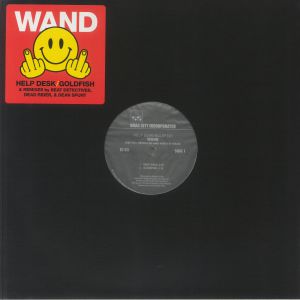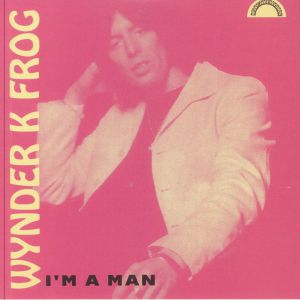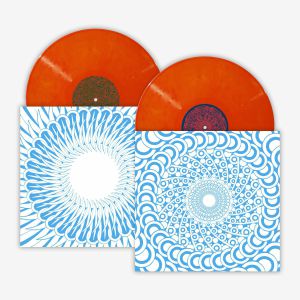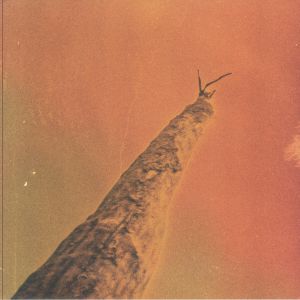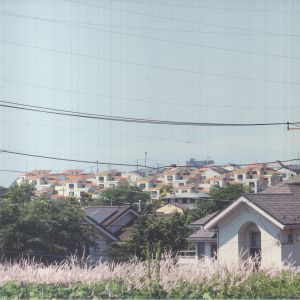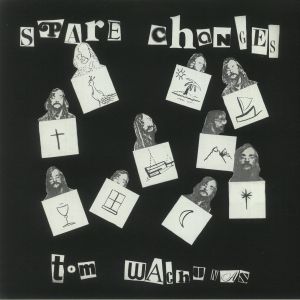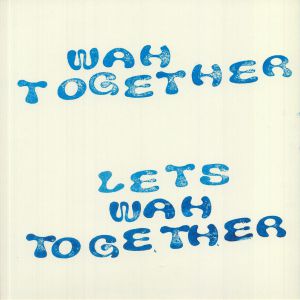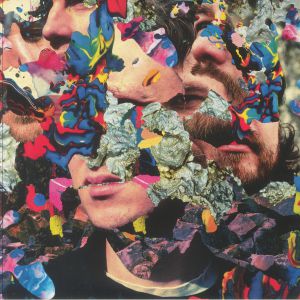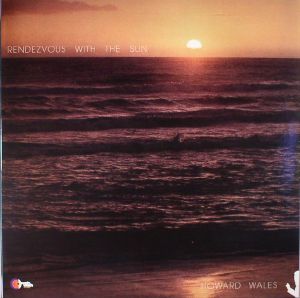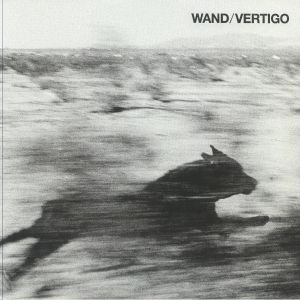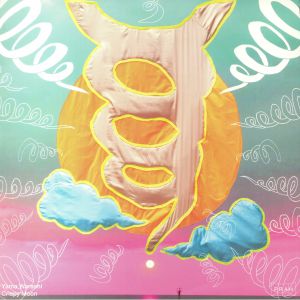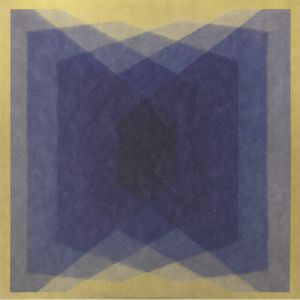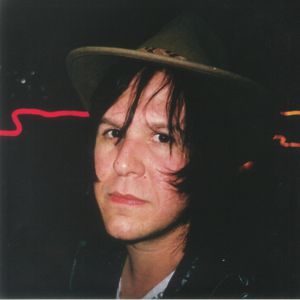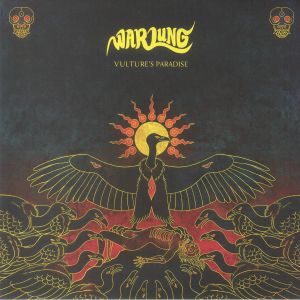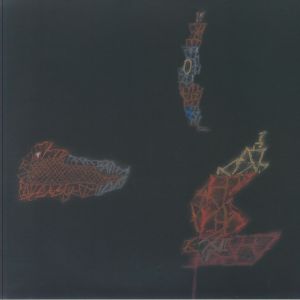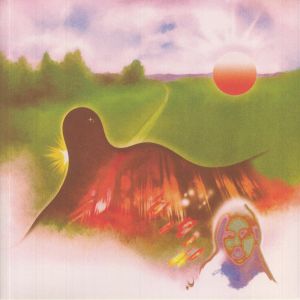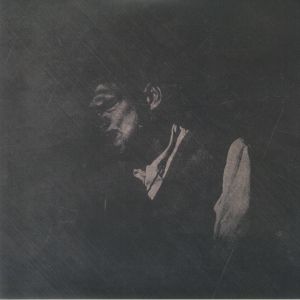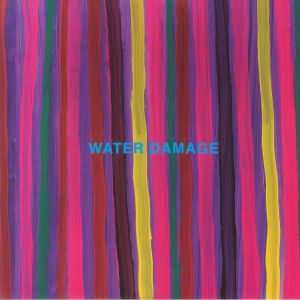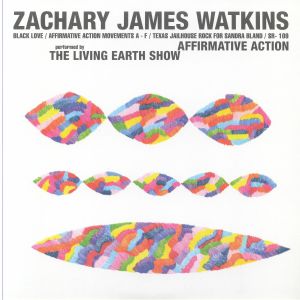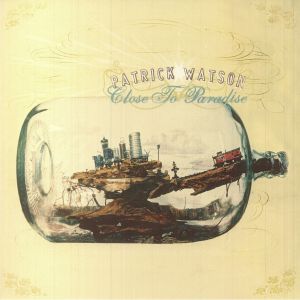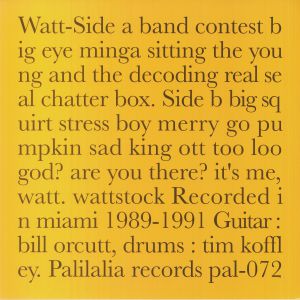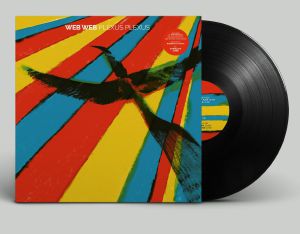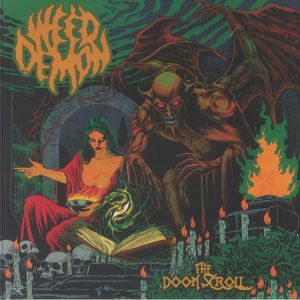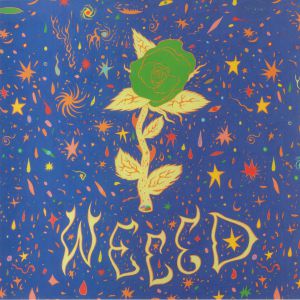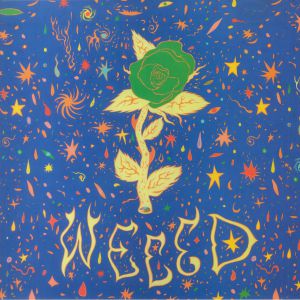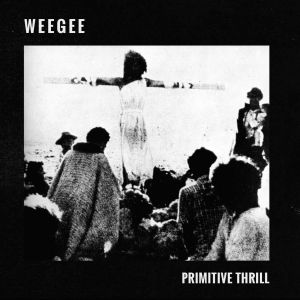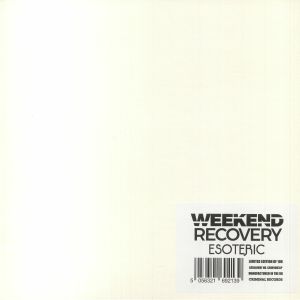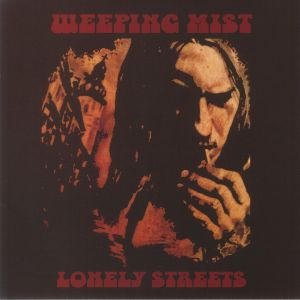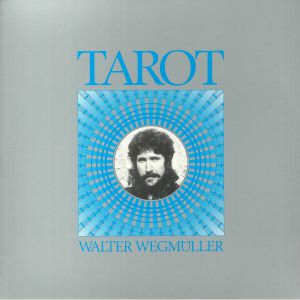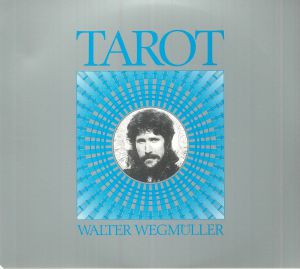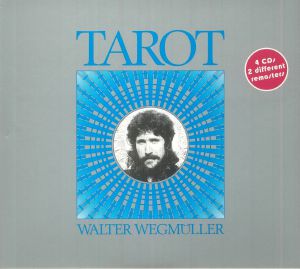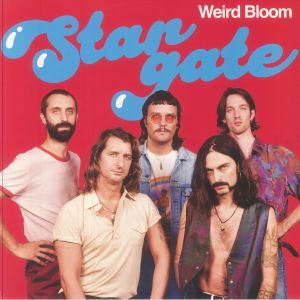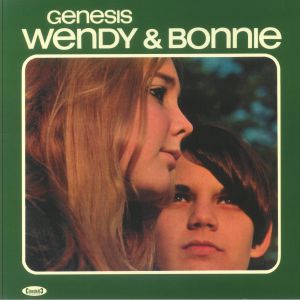Filter
Genre
Stock
Release Date
Label
Featured
Release Title
Price
Tags
Back catalogue: All genres
Juno's full catalogue of All genres
Singles
in stock $21.40
Unbound (limited 1-sided laser etched vinyl 12" (indie exclusive))
Cat: 888072 640085. Rel: 14 Nov 24
Post Rock/Experimental
Review: Chelsea Wolfe's latest album, She Reaches Out to She Reaches Out to She, is a haunting and emotionally charged masterpiece. Known for her shadowy blend of Gothic industrial, doom, and folk, Wolfe delves deeper into electronic soundscapes with this release, while maintaining her trademark dark, atmospheric style. The album explores themes of severing toxic ties and the cyclical nature of grief and healing. With ten tracks that seamlessly blend industrial textures, eerie vocals and ambient layers, it's an immersive journey from start to finish. Tracks include the opener 'Whispers in the Echo Chamber', where Wolfe's hushed vocals and industrial beats create a brooding atmosphere, and 'Everything Turns Blue', a track full of lyrical power and electronic drive. The closer 'Dusk' is a breathtaking finale with a casual yet explosive climax. While the middle sectionifeaturing 'The Liminal', 'Eyes Like Nightshade' and 'Salt'islows the album slightly, their deep atmosphere still shines. Other highlights like 'House of Self-Undoing' and 'Unseen World' elevate the record to new heights with their driving rhythms and haunting melodies. Overall, this is a powerful, deeply personal album that fans of darkwave, industrial, and ambient metal will adore.
… Read more in stock $27.34
Review: Side-1 kicks off with a raw and funky garage band jam that perfectly captures the spirit of 1967. With its dynamic energy, the track blends elements of jazz, rock, funk and blues, creating an exciting, soul-infused experience. The rhythm section drives the track with relentless energy, while the soulful melodies and infectious groove make it a standout piece. The mix of surf rock and mod influences gives it a timeless, gritty edge that resonates with both vintage and modern listeners. Side-2 takes a more experimental turn with a unique jam laden with saxophone and rich instrumental textures. The track's experimental nature is underscored by its unconventional structure, utilizing the harpsichord to create a distinctive, jazzy vibe. The saxophone adds a layer of depth, intertwining with the rhythm to produce a mood that's both introspective and lively. This track offers a refreshing, avant-garde twist that contrasts beautifully with the raw energy of the opening side.
… Read moreIntérprete: Mukatsuku Records Chart
in stock $22.27
Álbumes
Drop Out III (orange vinyl 2xLP + MP3 download code (indie exclusive))
Cat: THRILL 628LPX. Rel: 20 Mar 25
Post Rock/Experimental
in stock $44.53
in stock $21.98
in stock $38.32
in stock $31.56
in stock $23.96
in stock $32.98
Review: Bristol trio Waldo's Gift unleash their debut album, a blistering and maximalist guitar record brimmign with improvisational prowess, their music a thrilling blend of prog-metal, math-rock and the more intense ends of electronic music. Tracks like 'Candifloss' and 'Malcolm's Law' showcase the band's technical skills and their ability to create complex and captivating soundscapes, while 'The Galli' and 'This One is Improvised' offer a glimpse into their free-flowing, improvisational approach. Recorded live with no overdubs, the album captures the band at their most raw and unfiltered, pushing the boundaries of their instruments and their own musical limits.
… Read more in stock $28.18
in stock $26.77
Review: Wand returns with Vertigo, an album marked by its multichromatic complexity and innovative restructuring. Transitioning from a quintet to a quartet, Wand's new formation builds on their previous altars of experimental sound. The album is a mix of sentiment, tension, theatricality, and raw, improvised pieces reshaped into cohesive tracks. Recorded in their studio, the process was intuitive and ego-less, capturing the spontaneity of their performances. The result is a dynamic blend of folk-like simplicity with synthesisers and lush backdrops, creating a unique auditory experience. Vertigo offers a swaying, associative journey, with granular details embedded in the jams. Wand funnels energy and space, merging infinity with atmospheric reverb, delivering an album that stands your hair on end with every verse and chorus. This is Wand at their most explorative, committing to an ever-evolving sound that pushes boundaries while maintaining a forward momentum.
… Read more in stock $26.49
El Inca (50th Anniversary Edition) (hand-numbered gatefold translucent green vinyl LP + booklet + MP3 download code limited to 104 copies)
Cat: GUESS 222G. Rel: 16 Nov 23
Progressive Rock
in stock $32.13
in stock $23.66
Exp (Experimental Burnout Music) (limited gold vinyl LP)
Cat: CLOLP 3005. Rel: 08 Jun 23
Psych/Garage Rock
in stock $33.81
in stock $36.36
Vulture's Paradise (limited clear red & blue vinyl LP)
Cat: HPSC 244. Rel: 13 May 23
Psych/Garage Rock
in stock $31.56
The Poison Touch (limited yellow blue green black splattered vinyl LP)
Cat: HPS 337S. Rel: 10 Feb 25
Psych/Garage Rock
in stock $29.03
The Poison Touch (limited translucent purple vinyl LP)
Cat: HPS 337C. Rel: 10 Feb 25
Psych/Garage Rock
in stock $21.98
Review: Sydney-based friends MP Hopkins and Mary MacDougall bring a haunting edge to folk music here. 'Weeds' is like lo-fi horror film music with tape-recorded radio static giving a foreboding atmosphere. 'Clay Graffiti' sounds like a post-apocalyptic ghost story with the spoken word conjuring images of landscapes tormented by wind and life dissolved. The group clearly have a knack for sequencing and the finer details of what makes a great album. After the intense end-of-the-world feel of the track that closes side A, Side B opens with 'Yellow Rose', which feels like spring; lyrically, in the bright piano, guitar and through the vocal timbre. It gives a sense of renewal that wouldn't have the same impact if it wasn't for the harsh winter feel of the track before it. But don't mistake this for anything twee - experimental folk is taking over the underground cultural zeitgeist and Warm Currency are an important part of that. This is the band's third release on the Horn of Plenty label and it's a solid follow-up to Returns (2022) and Live at the Petersham Bowling Club (2023).
… Read more in stock $29.03
Ultra Violence (translucent orange vinyl LP + insert)
Cat: XAG 050LP. Rel: 31 May 24
Post Rock/Experimental
in stock $26.77
in stock $43.13
in stock $36.92
Doom Of Babylon (coloured vinyl LP (comes in different coloured vinyl, we cannot guarantee which one you will receive))
Cat: WETLP 1B. Rel: 12 Apr 24
Psych/Garage Rock
in stock $29.03
in stock $36.92
2 Songs (heavyweight vinyl LP + MP3 download code)
Cat: 12XU 1411. Rel: 30 May 23
Post Rock/Experimental
in stock $28.75
in stock $21.70
in stock $25.08
Close To Paradise (reissue) (gatefold LP + MP3 download code)
Cat: SCR 2LPS. Rel: 16 Nov 23
Indie/Alternative
in stock $21.98
in stock $21.05
The Sky Unfurls The Dance Goes On (LP + MP3 download code)
Cat: BTR 85LP. Rel: 16 Nov 23
Post Rock/Experimental
Intérprete: Ex-Friendly (Truth & Lies Music)
in stock $25.08
We All Together (reissue) (lathe cut 180 gram vinyl LP + insert)
Cat: MR 459. Rel: 26 Jun 24
Psych/Garage Rock
in stock $29.03
No More Apocalypse Father (180 gram vinyl LP + art print + MP3 download code)
Cat: CST 180LP. Rel: 12 Sep 24
Post Rock/Experimental
Review: We Are Winter's Blue And Radiant Children features Mat Ball (Big Brave), Efrim Manuel Menuck (Godspeed You! Black Emperor, Thee Silver Mt. Zion), and Jonathan Downs and Patch One (both Ada). Their new album, No More Apocalypse delivers six haunting lullabies infused with heavy distortion and electronic rhythms. Ball and Menuck initiated the project during the harsh Montreal winters, seeking warmth and solace in their music. Later, they brought in Downs and Patch to enrich their vision. The album explores the theme of observing despair from a place of safety. Menuck's lyrics, freed from traditional meter, offer vivid, photorealistic imagery. On the opener 'Rats and Roses,' he describes a city struck by an unnamed disaster, drawing on local details like neighbors poisoning birds while dealing with rats. The track builds to a powerful crescendo with blown-out synths and guitars. 'Dangling Blanket From A Balcony (White Phosphorous)' recalls Michael Jackson's infamous balcony incident and comments on white phosphorous, a wartime technology causing severe burns. The final track, '(Goodnight) White Phosphorous,' is a lullaby reflecting on the horror of white phosphorous falling outside one's window. No More Apocalypse Father is a profound blend of illumination and despair. The album captures the conflicting emotions of witnessing horror from a place of comfort, evoking a sense of ambivalence that is far from passive. It's a powerful, immersive experience that resonates deeply.
… Read more in stock $21.70
Review: With their sixth album in seven years, German jazz quartet Web Web return with a fresh touch: Plexus Plexus is more psychedelic and at times far "Krautier" than before, representing a speedy departure from their previous Web Max release. Special guest JJ Whitefield (The Poets Of Rhythm, Karl Hector & The Malcouns, Syrup) weaves a remarkable guitar thread throughout, gluing its sound together through solo intermissions, riffs and vamps. In his style, we hear everything from The Poets of Rhythm and Syrup to the more psychedelic vibes of Karl Hector & The Malcouns, injecting the record with the zoomed-out energy of 70s jazz-Kraut bands. Departing from their last record, Web Web have truly a back-to-basics approach through spontaneity, riffing on the back of an intense three-day recording sesh in Munich.
… Read more in stock $27.62
You Can Fly On My Aeroplane (reissue) (limited 'deep sky' blue vinyl LP)
Cat: 825764 623513. Rel: 25 Jul 24
Soul
in stock $33.25
in stock $24.24
Green Roses Pt 1 (olive green vinyl LP + insert + MP3 download code)
Cat: STDCO 62. Rel: 24 Aug 22
Psych/Garage Rock
in stock $30.72
Green Roses Vol I (green vinyl LP + insert limited to 300 copies)
Cat: HR 048. Rel: 12 Apr 23
Psych/Garage Rock
in stock $32.98
in stock $31.84
in stock $20.86
in stock $38.32
Review: The 70s were a superb time for Krautrock and Walter Wegmuller's Tarot from 1973 is one of the classics. Now for the first time, it has been remastered from the original tapes and comes in a no doubt highly sought after deluxe box set. Bern born Wegmuller was the son of Roman travelers and himself spent much time roaming around Europe and India making jewelry as well as painting. Helping him to record this album when he settled back in Bern were legends of the scene like Klaus Schulze, Ash Ra Tempel members Manuel Gottsching and Hartmut Enke, and other musicians known as The Cosmic Jokers.
… Read more in stock $44.25
in stock $23.93
in stock $30.42
in stock $32.13
The Spacejam Sessions Vol 1 (limited 180 gram clear vinyl LP)
Cat: TON 134LP. Rel: 19 Feb 24
Psych/Garage Rock
in stock $40.02
Review: Singing siblings from Millbrae, California, a suburb of swinging San Francisco, the Flower sisters - their actual surname - released one full length album, Genesis, in 1969, at the tail end of a decade that had transformed youth culture and society as a whole. The sound could not have been more apt, a combination of floaty surrealism, delicate pop, and floral grooves (whatever that means). Aside from a couple of other appearances - background vocals on two Cal Tjader albums, and Wendy's work on Jane Weaver's Fallen By The Watchbird LP - they vanished into the ether from which they came, only celebrated by artists who have looked to recreate and represent their work, most notably Super Furry Animals with 'By The Sea'. Diving into the quiet, calm, soothing and emotionally nourishing originals here is proof of why those who remember are still in love with what they heard.
… Read more in stock $32.98
All Losses Are Restored (180 gram audiophile red & black & white marbled vinyl LP + CD in die-cut sleeve)
Cat: AVON 1CGR152. Rel: 21 Mar 24
Post Rock/Experimental
in stock $25.37

 USD
USD






